Watch our webinar to learn:
- How is RPM changing healthcare
- COVID-19 as a catalyst for RPM
- What do you need for RPM?
- Who is in need of RPM?
- Disruptive technologies that will change RPM forever
Your data will be kept and managed in Binah.ai systems in accordance with our Privacy Policy.
Remote Patient Monitoring (RPM) is gaining traction as a vital part of today's healthcare reality. There are a number of benefits in being able to monitor health status remotely, empowering health professionals to use continuous insight from the patient as part of an ongoing treatment plan. RPM allows the elderly or disabled to live independently for longer and reduces the load on in-person clinics, and long-term facilities, too. Remote Patient Monitoring has been shown to reduce the amount of hospitalizations, as well as the time that patients spend in hospitals as a whole. This is more than just a cost-cutting exercise, it also improves the patients' quality of life. However, RPM can be costly and complex. Patients and insurance and healthcare services will not be able to take on all this burden, so what's the answer?
Watch our webinar to learn how innovative, disruptive technologies will forever change the way remote healthcare services are delivered and served, to the benefit of the healthcare industry, insurance stakeholders, as well as patients themselves.
Extract Health Data Remotely
With Binah.ai
Easy-to-use
Just by looking at the device's camera
No Wearables Needed
No need to purchase
wearables
Easy to Integrate
Available as SDK or end-to-end application platform
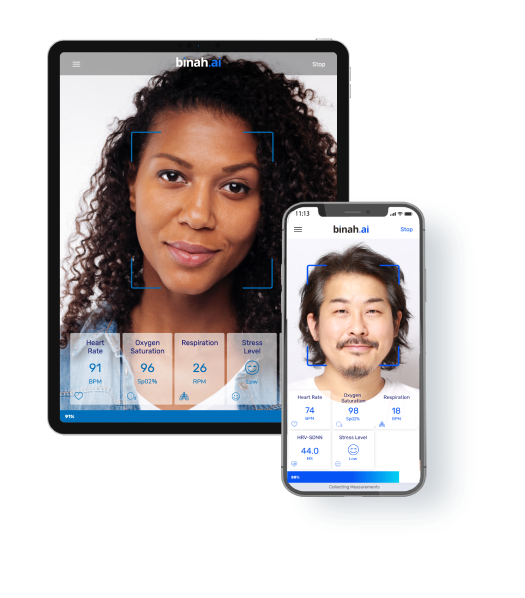
Always Accessible
Supported by most smartphones, tablets and laptops
For All
Supports any gender and skin color
Cost Saving
A cost-effective solution to remote wellness monitoring
Unique Mix of AI
& Signal Processing
Enable users to extract a wide range of vital signs including heart rate, heart rate variability (SDNN and/or RRi raw data), oxygen saturation, respiration rate, mental stress, and soon - blood pressure, from a smartphone, tablet, or laptop camera.
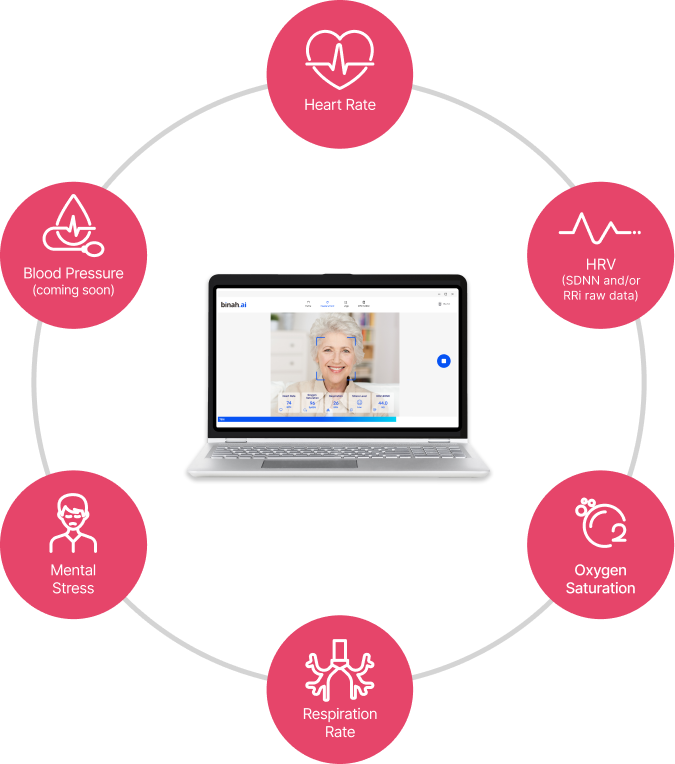
Our Speakers


Mark Goldstein
Founding Chairman of UCSF Health Hub
Mark is the Founder and Chairman of UCSF Health Hub, UCSF's innovation hub that helps healthcare inventors and earlier stage companies scale and grow. UCSF Health Hub produces the annual UCSF Digital Health Awards, hosts monthly events on campus or online and has over 10,000 members and subscribers. Mark got his start as a full-time operator – co-founding a dozen fintech, SaaS, e-commerce, retail, green tech, online gaming, and music ventures over the past 30 years. More recently he shifted from being an entrepreneur or more of a coach to other entrepreneurs and focusing on investing and advising. Over the past twenty-five years he was made over 125 angel and institutional investments, either personally, via his Advisors.fund or via Efficient Capacity LLC, where he was Managing Partner.
Mark also previously was an Entrepreneur-in-Residence at Softbank and then at NEA and is a graduate of the University of Pennsylvania and has served on its Board of Overseers.
Mark is a Director of Conversa Health and Neuroflow.
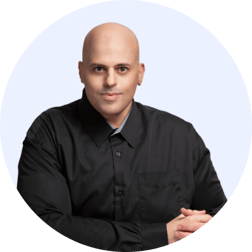

David Maman
Co-founder and CEO of Binah.ai
Seasoned speaker and international industry leader, David is a serial entrepreneur who has taken numerous start-ups from vision to international success. Spearheading Binah.ai towards the fulfillment of it's vision, David sets the strategy and manages the execution of the company's mission to enable health and care, anywhere.

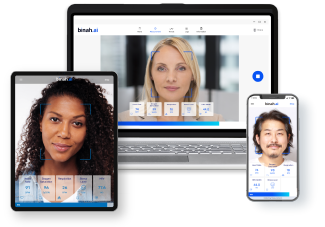
.png)
.png)
.png)
.png)
.png)
.png)
.png)
.png)
